Prices in AUD. Shipping worldwide. Flat rate $8 postage per order within Australia. International by weight calculated at checkout. Read full terms.
-
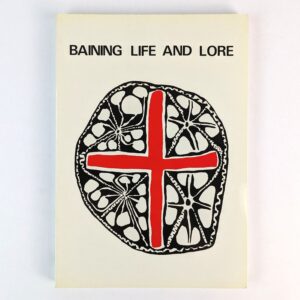
Baining Life and Lore
AU$70.00 Read MoreAdd to cartKarl Hesse; Theo Aerts
: Institute of Papua New Guinea Studies, 1982. -
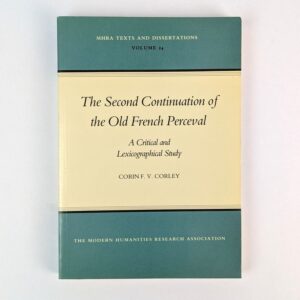
The Second Continuation of the Old French Perceval: A Critical and Lexicographical Study
AU$100.00 Read MoreAdd to cartCorin F. V. Corley
London: The Modern Humanities Research Association, 1987. -
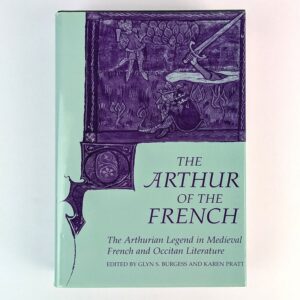
The Arthur of the French: The Arthurian Legend in Medieval French and Occitan Literature
AU$100.00 Read MoreAdd to cartGlyn S. Burgess; Karen Pratt
Cardiff: University of Wales Press, 2006. -
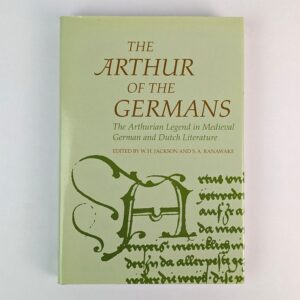
The Arthur of the Germans: The Arthurian Legend in Medieval German and Dutch Literature
AU$50.00 Read MoreAdd to cartW. H. Jackson; S. A. Ranawake
Cardiff: University of Wales Press, 2000. -
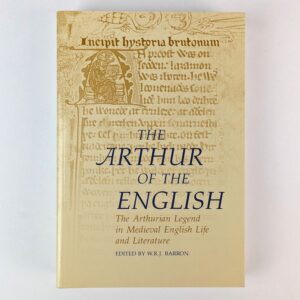
The Arthur of the English: The Arthurian Legend in Medieval English Life and Literature
AU$50.00 Read MoreAdd to cartW. R. J. Barron
Cardiff: University of Wales Press, 2001. -
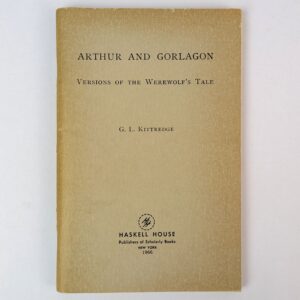
Arthur and Gorlagon: Versions of the Werewolf’s Tale
AU$100.00 Read MoreAdd to cartG. L. Kittredge
New York: Haskell House, 1966.Reprint of the offprint from the Harvard Studies and Notes in Philosophy and Literature, VIII (1903).
-
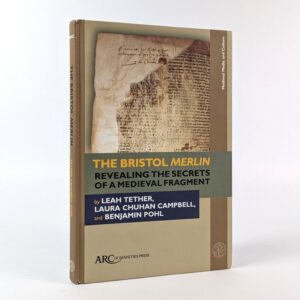
The Bristol Merlin: Revealing the Secrets of a Medieval Fragment
AU$55.00 Read MoreAdd to cartLeah Tether; Laura Chuhan Campbell; Benjamin Pohl
Leeds: ARC Humanities Press, 2021.Study of the seven Arthurian manuscript fragments of the Old French ‘Suit Vulgate du Merlin’ discovered in a set of early printed books in the Bristol Central Library in 2019.
-
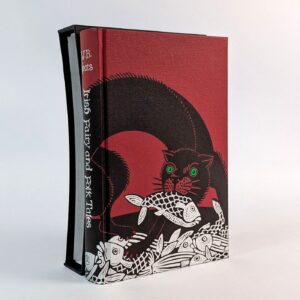
Irish Fairy and Folk Tales
AU$60.00 Read MoreAdd to cartW. B. Yeats
London: The Folio Society, 2007.Selected and edited, with an introduction, by W. B. Yeats. Foreword by Paul Muldoon. Illustrations by Linda Farquharson. FORD-SMITH 1398.
-
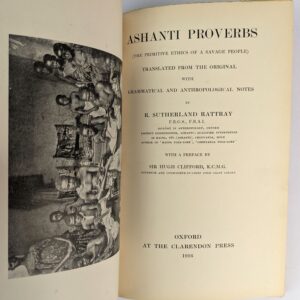
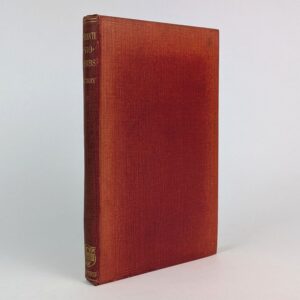
Ashanti Proverbs (The Primitive Ethics of a Savage People)
AU$400.00 Read MoreAdd to cartR. Sutherland Rattray
Oxford: The Clarendon Press, 1916.Translated from the Original with Grammatical and Anthropological Notes by R. Sutherland Rattray. With a Preface by Sir Hugh Clifford. This copy signed by the author to the front free endpaper.
-
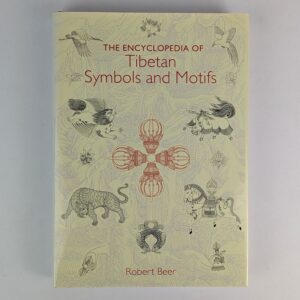
The Encyclopedia of Tibetan Symbols and Motifs
AU$150.00 Read MoreAdd to cartRobert Beer
London: Serindia Publications, No date. -
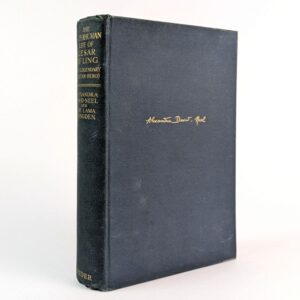
The Superhuman Life of Gesar of Ling: The Legendary Tibetan Hero, as Sung by the Bards of His Country
AU$100.00 Read MoreAdd to cartAlexandra David-Neel; The Lama Yongden
London: Rider and Co., 1933. -
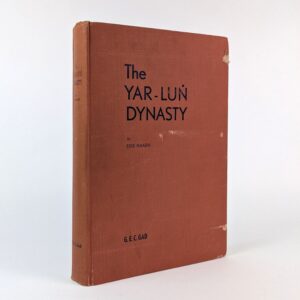
The Yar-Lun Dynasty
AU$120.00 Read MoreAdd to cartErik Haarh
Kobenhavn: G. E. C. Gad’s Forlag, 1969.A study with particular regard to the contribution by myths and legends to the history of Ancient Tibet and the origin and nature of its kings.
-
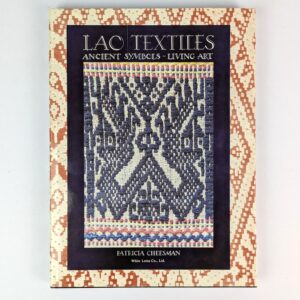
Lao Textiles: Ancient Symbols – Living Art
AU$50.00 Read MoreAdd to cartPatricia Cheesman
Bangkok: White Lotus Co., 1988. -
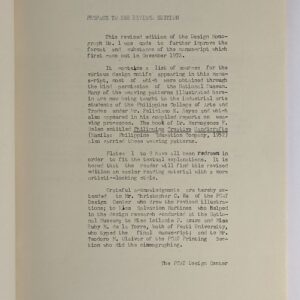
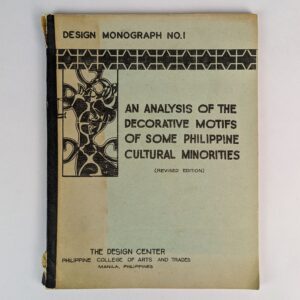
An Analysis of the Decorative Motifs of Some Philippine Cultural Minorities
AU$100.00 Read MoreAdd to cartPhilippine College of Arts and Trades Design Center
Manila: Philippine College of Arts and Trades, 1973. -
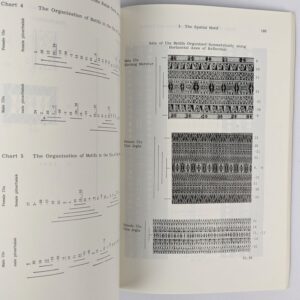
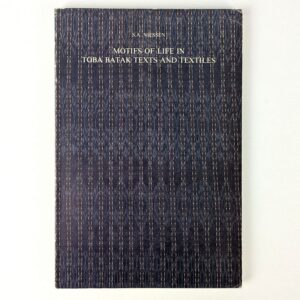
Motifs of Life in Toba Batak Texts and Textiles
AU$60.00 Read MoreAdd to cartS. A. Niessen
Dordrecht: Foris Publications, 1985. -
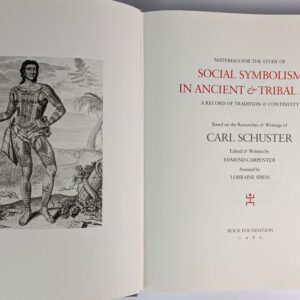
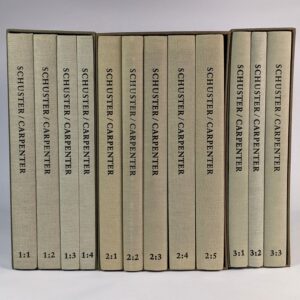
Materials for the Study of Social Symbolism in Ancient & Tribal Art: A Record of Tradition & Continuity
AU$10,000.00 Read MoreAdd to cartCarl Schuster; Edmund Carpenter; Lorraine Spiess.
New York: Rock Foundation, 1986-88.Based on the Researches & Writings of Carl Schuster. Edited & Written by Edmund Carpenter. Assisted by Lorraine Spiess. A cornerstone of comparative anthropology, mythology, and art history. This monumental work draws on the vast ethnographic record assembled by American art historian Carl Schuster (1904-1969). Schuster died suddenly of cancer, leaving the material unpublished. Carpenter spent nearly two decades editing Schuster’s archive into this twelve-volume synthesis. The result is an epic survey of visual and mythic patterns: from Paleolithic Europe to the tribal societies of Oceania, the Americas, and Africa. Issued privately in a very small edition distributed directly to museums and researchers Materials for the Study of Social Symbolism is likely the most comprehensive documentation and analysis of traditional symbolism ever published.
-
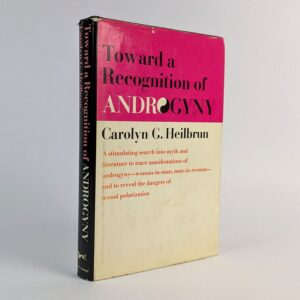
Toward a Recognition of Androgyny
AU$40.00 Read MoreAdd to cartCarolyn G. Heilbrun
New York: Alfred A. Knopf, 1973.A stimulating search into myth and literature to trace manifestations of androgyny–woman-in-man, man-in-woman–and to reveal the dangers of sexual polarization.
-
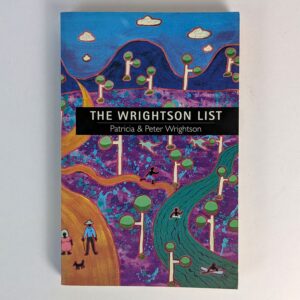
The Wrightson List: of Aboriginal Folk Figures
AU$200.00 Read MoreAdd to cartPatricia Wrightson; Peter Wrightson
Sydney: Random House, 1998.Reference work on the sources of the characters and mythology Wrightson used in her children’s stories.
-
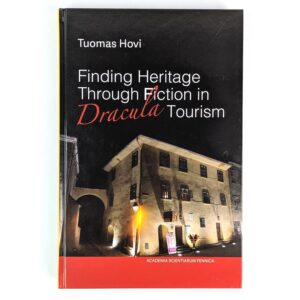
Finding Heritage Through Fiction in Dracula Tourism
AU$65.00 Read MoreAdd to cartToumas Hovi
Helskinki: Suomalainen Tiedeakatemia, 2016.Heritage and tourism have become inextricably linked. Depending on the view point, the effect of this link can be seen either negative or positive. Does tourism produce inauthentic and falsified tradition, threatening cultural heritage? Or does it, in fact, help to preserve heritage, culture and folklore in a changing and globalizing world? Tuomas Hovi investigates heritage in the context of Dracula tourism in Romania: tourists visiting places connected with either the fictional vampire Dracula or the historical Dracula, Vlad the Impaler, a 15th century Romanian ruler. How is Romanian heritage and culture presented and promoted through a seemingly superficial Dracula tourism based on Western popular fiction in Dracula tourism? Finding Heritage Through Fiction in Dracula Tourism offers new perspectives on the research literate concerning tourism and heritage, and a folkloristic view of tourism research. FF Communications No. 311 published by the Finnish Academy of Science and Letters.
-
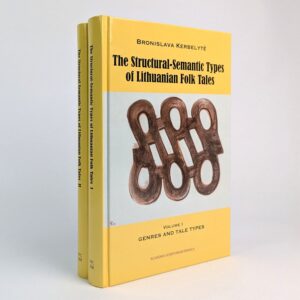
The Structural-Semantic Types of Lithuanian Folk Tales (2 Volumes)
AU$150.00 Read MoreAdd to cartBronislava Kerbelyte
Helskinki: Suomalainen Tiedeakatemia, 2015.I: Genres and Tale Types. II: The Classification and Index of Elementary Plots and Their Types. The classification system of the types of folk tales published by Antti Aarne in 1910 was a much needed and courageous project. Bronislava Kerbelyte has classified more than 40,000 variants of Lithuanian folk tales according to the international catalogue by Antti Aarne and Stith Thompson (AT). She has concluded that it is necessary to improve the classification system. Kerbelyte has determined elementary plots (EP) as structural elements for narratives and created the structural-semantic method for analysis and description of texts on several levels. The classification of elementary plots and their types contains much information about folk tales and about people. FF Communications No. 308 & 309 published by the Finnish Academy of Science and Letters.
